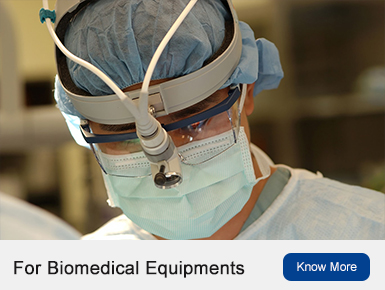With the rapid advancement of technology, fiber optics components have become an integral part of various industries. These components play a crucial role in transmitting data and information at high speeds over long distances. In this article, I will discuss the durability and cost aspects of fiber optics components.
Durability of Fiber Optics Components
Fiber optics components are known for their exceptional durability. Unlike traditional copper cables, which are prone to damage from environmental factors such as moisture and electromagnetic interference, fiber optic cables are made of glass or plastic fibers that can withstand harsh conditions. This makes them highly reliable for use in telecommunications networks, internet infrastructure, and other applications where data integrity is paramount.
The durability of fiber optics components also extends to their resistance against physical stress. They can be bent or twisted without affecting signal quality, making them suitable for installation in tight spaces or areas with frequent movement.
Furthermore, fiber optic cables are immune to electrical interference since they do not conduct electricity. This eliminates the risk of sparks or fires caused by short circuits and enhances overall safety.
Optizone Technology: Enhancing Durability
In recent years, advancements in technology have led to the development of innovative solutions like Optizone Technology that further enhance the durability of fiber optics components. Optizone Technology involves optimizing cable designs and materials to improve performance under extreme conditions.
This technology incorporates features such as enhanced bend tolerance and increased tensile strength while maintaining excellent signal transmission capabilities. By utilizing specialized coatings on fibers and advanced manufacturing techniques, Optizone Technology ensures that fiber optic cables remain durable even when subjected to challenging environments.
Cost Considerations for Fiber Optics Components

While it is true that initial investments in fiber optics components can be higher compared to traditional copper-based systems, their long-term cost benefits outweigh the initial expenses. Fiber optic cables have a significantly longer lifespan and require minimal maintenance, resulting in reduced operational costs over time.
Moreover, the high bandwidth capacity of fiber optics allows for more efficient data transmission, leading to improved productivity and cost savings for businesses. The ability to transmit large amounts of data quickly and reliably also enables organizations to adopt emerging technologies such as cloud computing and Internet of Things (IoT) without worrying about network limitations.
Additionally, fiber optic networks are less susceptible to signal degradation over distance compared to copper-based networks. This means that fewer signal boosters or repeaters are required along the network infrastructure, reducing both installation and maintenance costs.
Conclusion
Fiber optics components offer exceptional durability due to their resistance against environmental factors and physical stress. Advancements like Optizone Technology further enhance their performance under extreme conditions. Although the initial investment may be higher than traditional alternatives, the long-term cost benefits make fiber optics components a preferred choice for industries requiring reliable high-speed data transmission. With their superior durability and potential for significant cost savings, it is clear why fiber optics components continue to dominate various sectors in today’s technology-driven world.
Click optical components.
